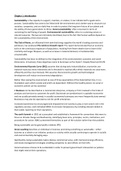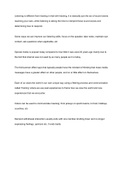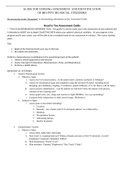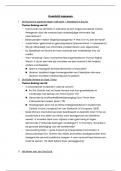Samenvatting
Summary/samenvatting Sustainable Business, ISBN: 9781138087903 Global Sustainability
Summary/samenvatting Sustainable Business, ISBN: 7903 Global Sustainability. This is my summary for the course Global Sustainability at the Vrije Universiteit Amsterdam. I am a 1st year IBA student myself and made this summary for the exam next Tuesday, I hope this will help you guys!
[Meer zien]














